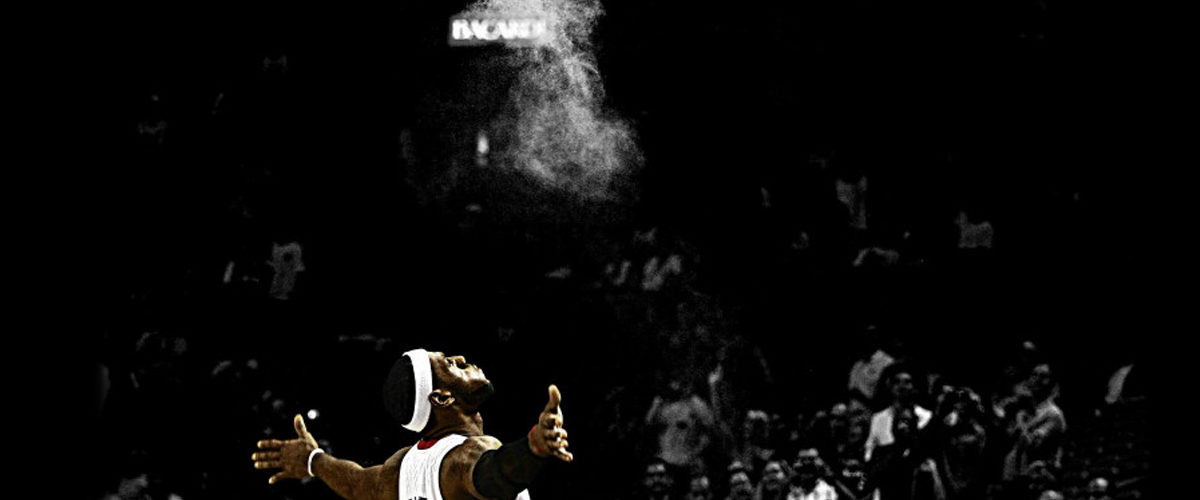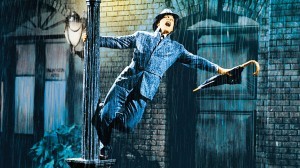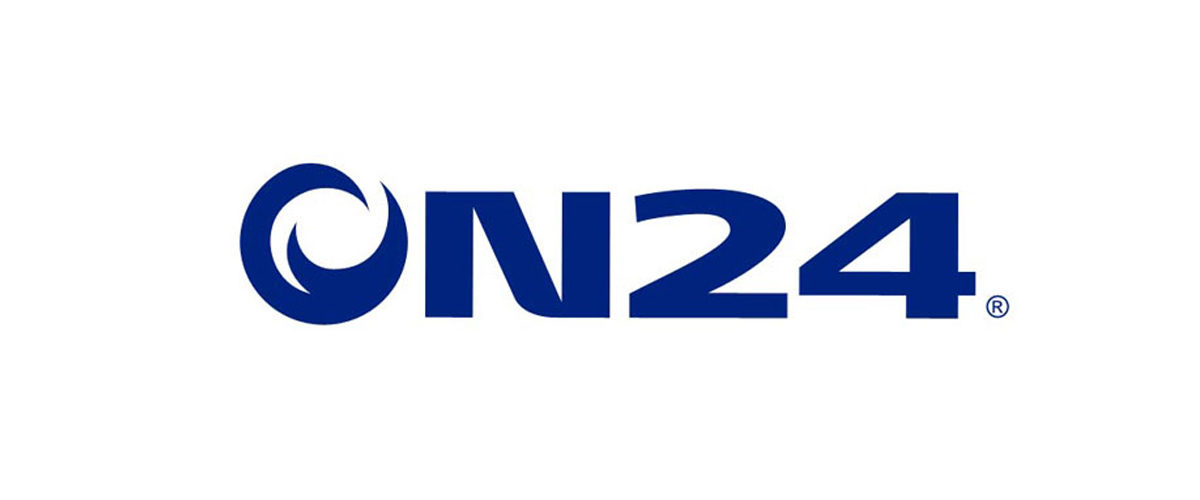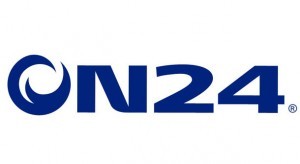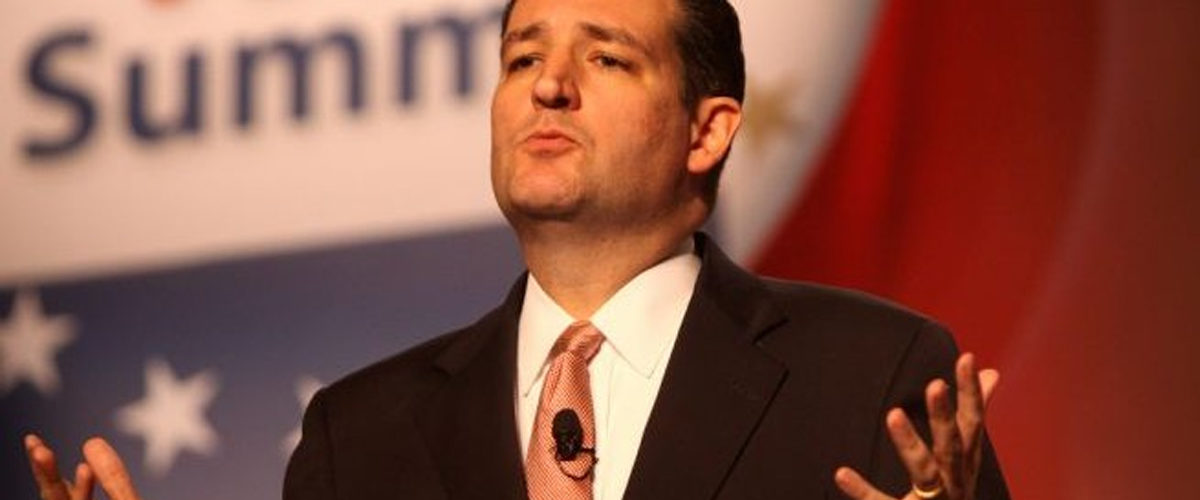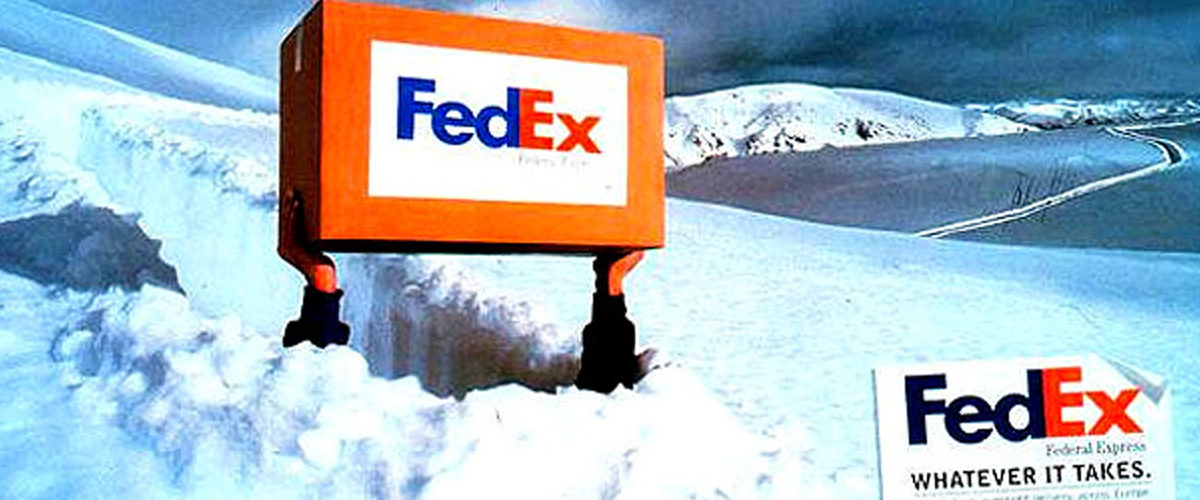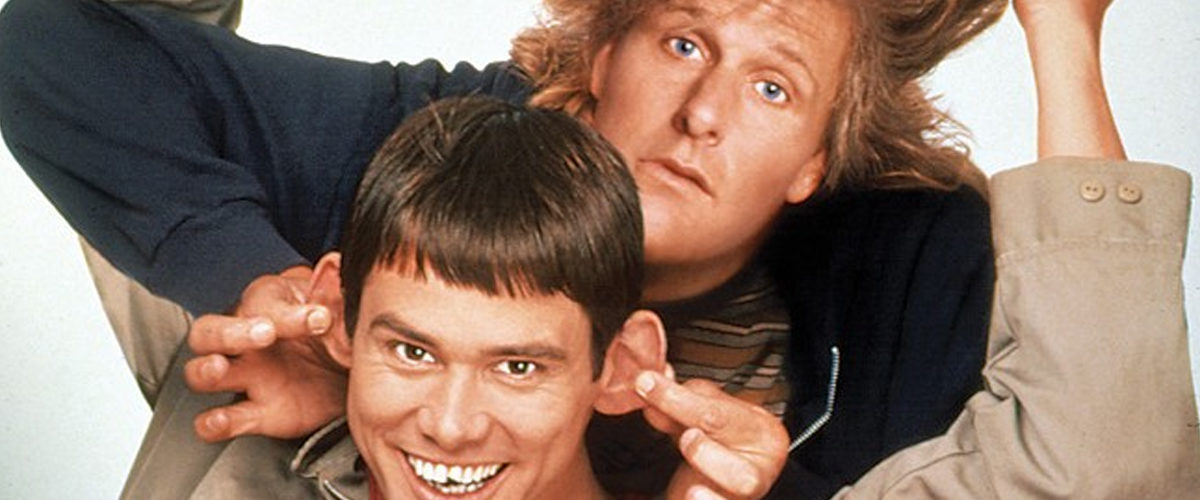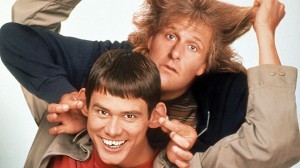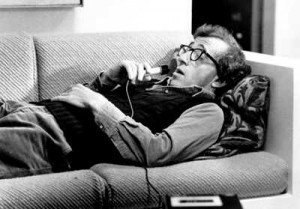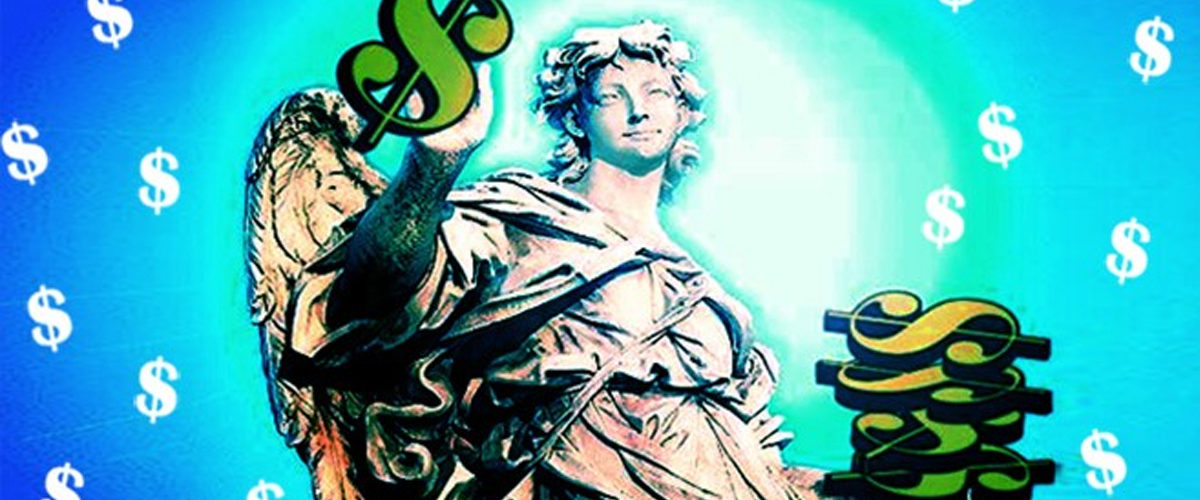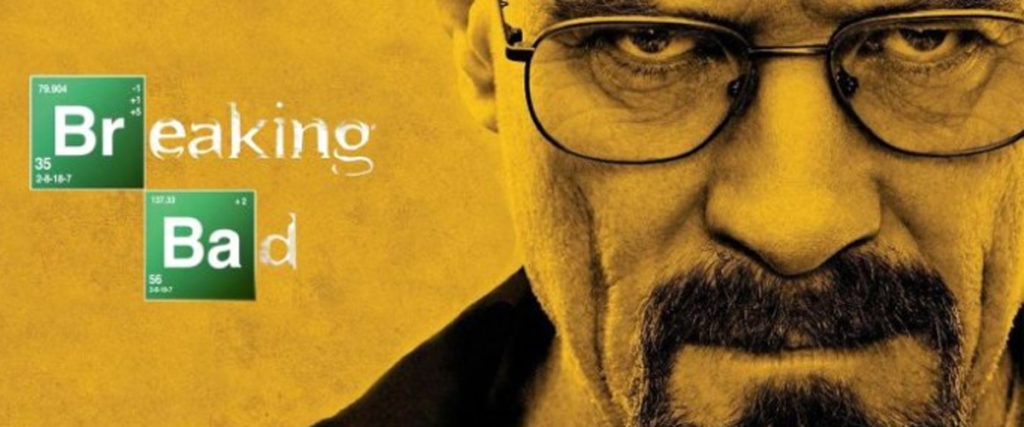
Breaking Bad, AMC’s hit crime drama we’ve all come to know, love, and mournfully wave goodbye too, ended two weeks ago in a (without giving too much away) justified, epic climax after five seasons of watching Walter White (A.K.A. Heisenberg) turn from sheepish high school chemistry teacher to roaring meth kingpin.
For those of you who haven’t seen BrBa to its bitter-sweet end, I won’t go into details. What I will say of it is that I was thoroughly pleased with its conclusion, but not altogether satisfied, which is exactly what a great ending should be.
Ending our presentations requires the same careful planning. The show’s infamously meticulous Executive Producer Vince Gilligan put a great amount of thought and effort into the show’s final chapter, and that’s because he knows what his audience is going to remember.
There’s a famous saying in the sports world: “You’re only as good as your last game.” From this, we can take away that we’ll be remembered for our most recent victory and defeat. Our significance is who we are today. For a TV show–and for a presentation–the finale, or the closing, will be what is most remembered.
Even if the first 90 percent of your presentation is brilliant, but the last 10 percent is a total wash, guess what they’ll remember from the presentation? The horrific ending. Fair? maybe not, but definitely the reality.
So how to make sure your audience is left with the perfect ending? Here’s a few things Breaking Bad executed flawlessly that we can work into our presentations.
Leave Your Audience Wanting More
I previously stated that Breaking Bad’s ending was fantastic, yet not entirely satisfying. This is because, to me, the show ended at its peak, which I believe is precisely what Gillian planned. The series had a great story arc that resolved all issues, but we all still wanted the show to go on.
You don’t want your audience counting the minutes until you stop talking by the time you’re on the later half of your presentation. In fact, you should end the presentation saying everything you need to say, but your audience wants to keep listening. This will not only have them leaving with a favorable impression of you, but it will keep you and your presentation on their minds, ultimately leading to your information being better retained.
There’s a big difference between a show ending at its peak and one that ends open-ended and often confusingly (I’m looking at you, Lost).
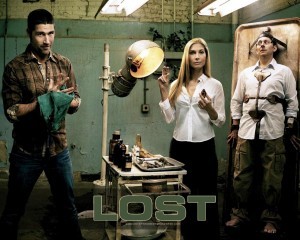
Make sure everything in your presentation is adequately addressed and all questions answered. Many presentations leave their audience almost more confused that when the presentation started. A great way of ensuring your audience understood what you had to say is to leave time at the end for a Q&A session. At SlideGenius, we recommend to allot an equal amount of time for your Q&A session as for your presentation.
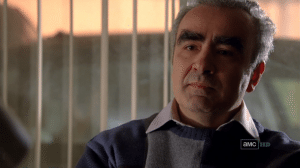
Breaking Bad brought it all back out of the wood works for the finale. Characters we hadn’t seen in a couple seasons come back to life to be part of this modern-day western, and the episode even opens with Walter White back in his early meth-cooking days, where he still lies to his wife about having to work late at the car wash for its egotistical owner Bogdan. Don’t just end, recap. Remind them of your key points and overall message. Ending on your last point will likely reinforce the idea that the last point is the oly thing to take away, when it’s usually just one of many that you made.


